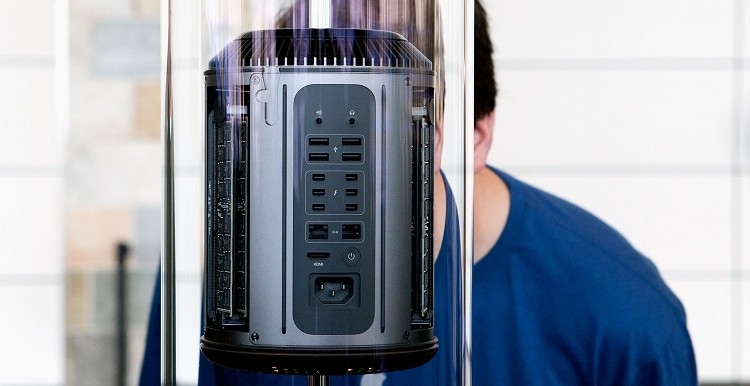The big picture: Apple's struggle in 2013 to manufacture its Mac Pro in the US highlights the many reasons why it's no longer feasible for most tech companies to build their goods stateside.

Critics for years have called for Apple to move manufacturing of its various products to the US. Although its hardware is famously designed in California, products are largely constructed overseas in China – a region that offers unrivaled expertise, infrastructure, cost and scale.
Production issues with the Mac Pro, a rare “made in America” product, highlight the struggles of domestic manufacturing.
Apple’s second generation Mac Pro was first unveiled at WWDC 2013 in June and went on sale the following December. Assembled in Austin, Texas, the machine was delayed for months due to various issues – one of them being a screw shortage.

The unorthodox form factor called for custom screws. Apple’s supplier, a 20-employee machine shop, was only able to churn out about 1,000 screws a day. Considering a single system likely requires multiple screws, it’s easy to see how the low production rate led to delays.
Sources tell The New York Times that Apple ended up ordering additional screws from China.
It’s just one example, albeit a telling one, of why Apple isn’t likely to move manufacturing to the states anytime soon (or perhaps, ever). It’s understandable why some support the notion of “made in America” but from a business / manufacturing standpoint, it’s hardly feasible.
https://www.techspot.com/news/78464-why-apple-made-america-mac-pro-delayed.html